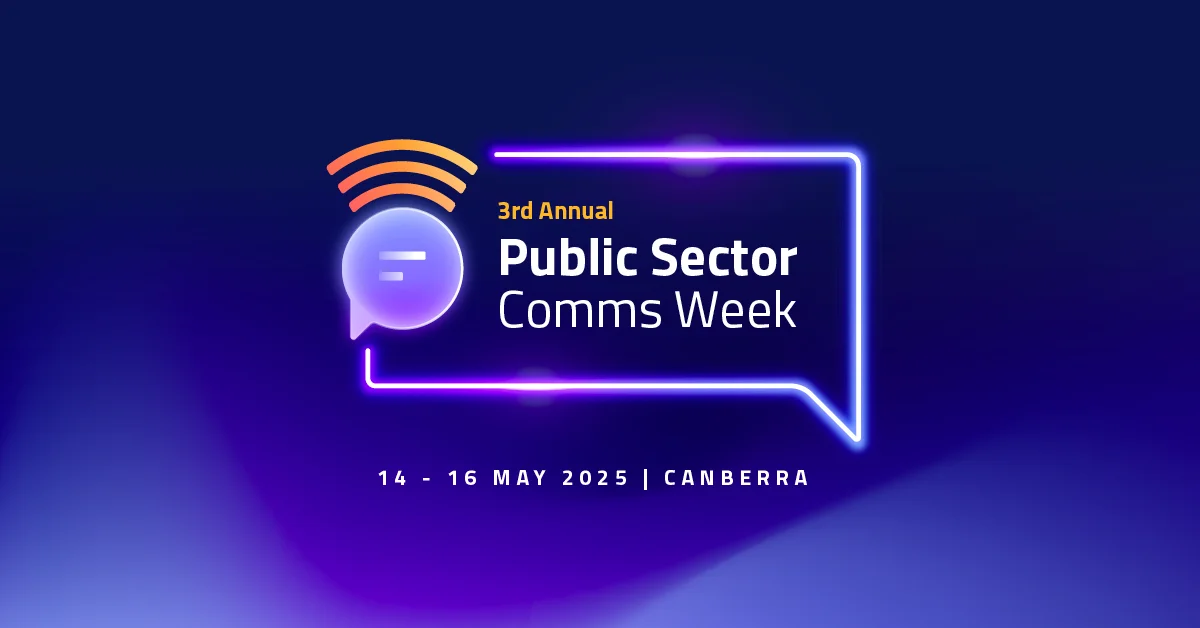Australians lose over $7.2M to remote access scams
Share

Scammers have stolen more than $7.2 million from Australians this year by using downloaded software to remotely access home computers.
According to the ACCC, almost 6,500 Australians have reported scammers trying to convince them to download software that allows access to home computers and their bank accounts. The number of such incidents has increased to 184 per cent compared to last year.
This method is commonly called a remote access scam. In this kind of scam, scammers pretend to be from well-known organisations urgently requesting access to personal computers via remote access software.
“Remote access scams are one of the largest growing scam types in Australia. Scammers take advantage of the digital world and the fear of fraud and cybercrime to access people’s devices and steal their money,” ACCC Deputy Chair Delia Rickard said.
“These types of scams target and impact all people and can be convincing. People aged 55 and older lost over $4.4 million, accounting for almost half of total losses. Young people reported losing on average $20,000 and eight Indigenous Australians, some in remote communities, lost a total of $38,000.”
In 2021, the most commonly impersonated organisations were Telstra, with 1730 reports and reported losses of $1.95 million, and NBN Co, with 1023 reports and reported losses of $477,980.
Other organisations that scammers have impersonated since late 2020 were Amazon, with 801 reports and losses of $1,240,288, and eBay, with 230 reports and losses of $149,087.
While remote access tools have been utilised to help IT support personnel in their work, scammers have also taken advantage of the ability to remotely access people’s computers or smartphones.
Remote access scams often start with an unexpected phone call, an SMS, an email or a pop-up screen from a scammer seeking urgent contact to fix a problem. These problems can range from purchases the victim never made, compromised devices and hacked accounts.
The scammer will pretend to assist the victim or ask them to assist the scammer, requesting the victim to download remote control software such as AnyDesk or TeamViewer.
Once the scammer has control of the device, they will ask the victim to log into applications such as emails, internet banking or PayPal accounts.
This method allows the scammer to access banking and personal information for impersonation or monetary theft.
“It is really important not to let anyone who contacts you out of the blue access your devices, as once you give them access, you have no way of knowing what the person will do to your computer or what programs they may install,” Deputy Chair Rickard said.
“If you receive contact from someone claiming to be from a telecommunications company, a technical support service provider or online marketplace, hang up. If you think the communication may have been legitimate, independently source the contact details for the organisation to contact them. Don’t use the contact details in the communication. Also, don’t click on any of the links.”
Deputy Chair Rickard also advises Australians to never provide verification codes to anyone except to verify transactions that are being made in mobile banking apps or through online banks.
The ACCC is currently working with the private sector to disrupt these scams, sharing information with telecommunications carriers about the phone numbers used to call Australians so they can trace and block calls.
Eliza is a content producer and editor at Public Spectrum. She is an experienced writer on topics related to the government and to the public, as well as stories that uplift and improve the community.














